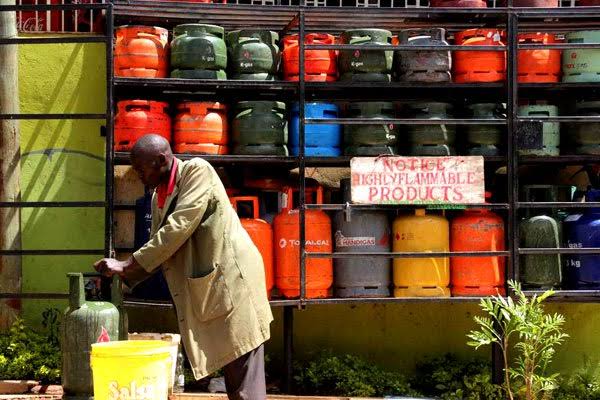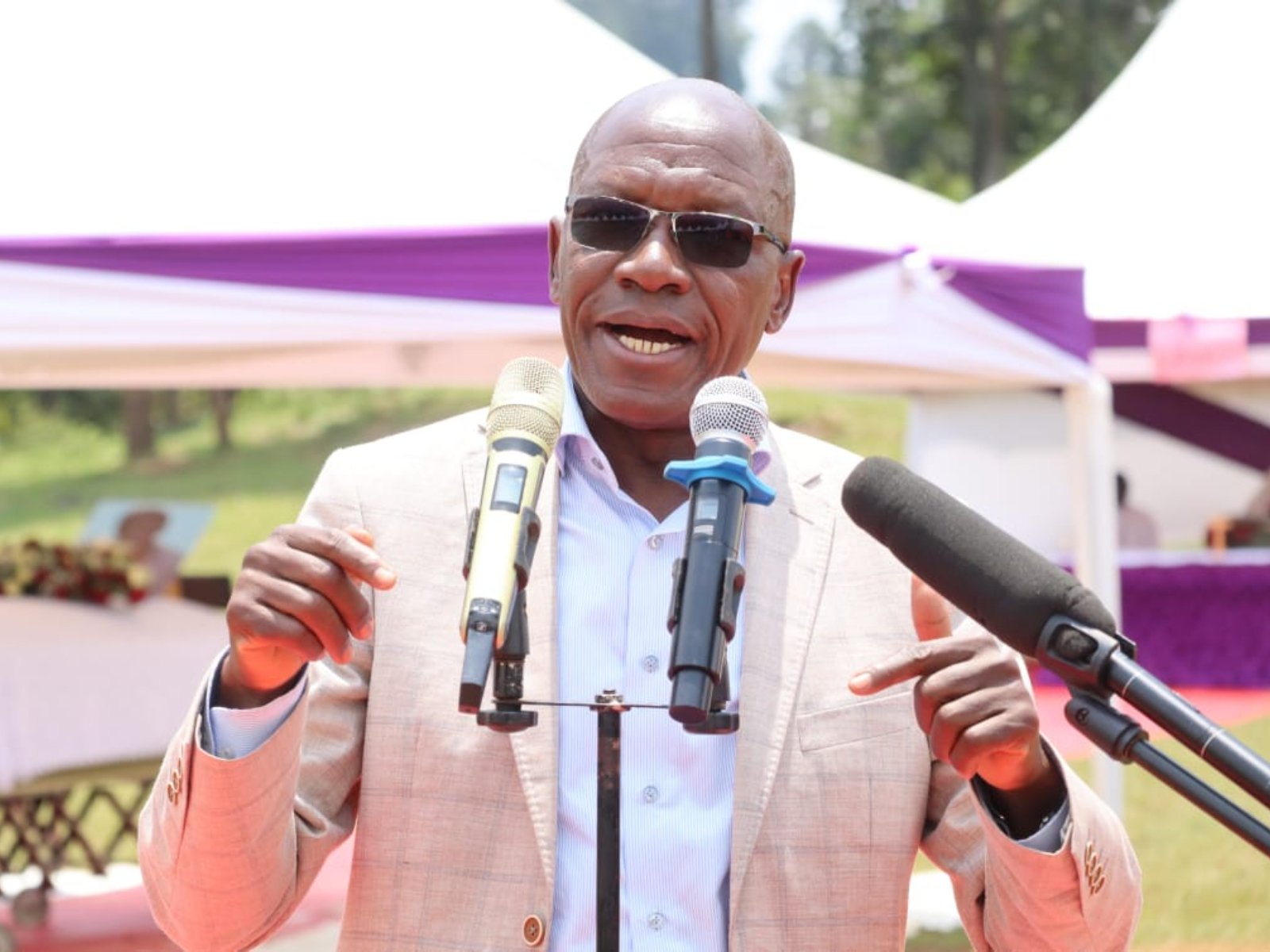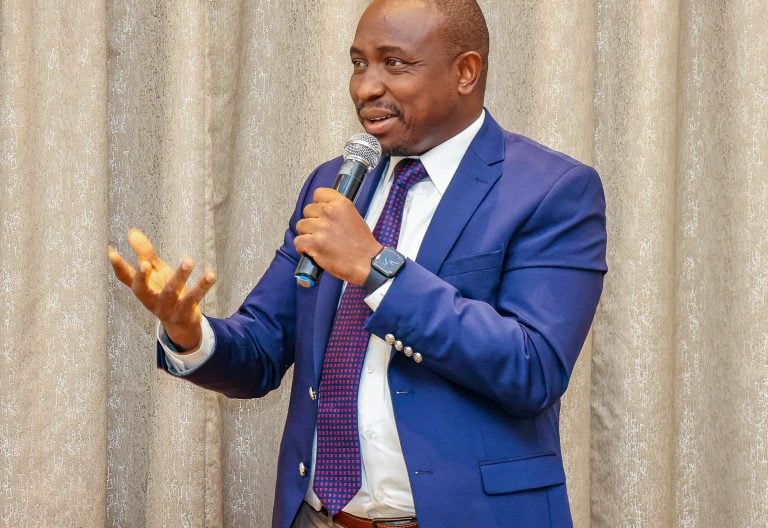High gas prices could snuff out four-year growth in demand

The demand for liquified petroleum gas (LPG) nearly doubled in the last four years despite the annual price increases to highlight how households have defied tough economic times to tap clean energy.
Data from the Kenya National Bureau of Statistics (KNBS) shows net imports for cooking gas increased from 189.3 tonnes in 2017 to 371.4 tonnes in 2021, a 50.9 per cent surge even as the sector remains hugely unregulated and monopolised.
“This implies sustained use of LPG following continued government policy to promote the use of clean energy,” the statistics office said in the Economic Survey 2022 report.
Unlike Diesel, fuel, and Kerosene, LPG prices are not controlled by the Energy and Petroleum Regulatory Authority (EPRA), giving room for an uncontrolled hike in cooking gas prices. Refilling 13-kilogramme gas averages at Sh2,866, 38 per cent jump from Sh2,074 a year back, according to KNBS data.
With the increased use of cooking gas, the government is considering applications by companies seeking to build eight privately-owned LPG handling terminals to boost competition and consequently lower gas prices.
LPG importation and storage are currently done privately by Africa Gas and Oil Ltd (AGOL) which handles about 90 per cent of cooking gas imported in the country and is capable of handling up to 100,000 tonnes monthly.
Private investment
The $385 million (Sh44.7 billion) State-owned Kipevu Oil Terminal is still struggling to catch up with private investment in LPG handling terminals.
“There is the urgency to regulate the sector but the infrastructures are not yet ready. Regulation can only work when there are set principles,” says Powell Maimba, an expert in the energy sector.
Draft Petroleum Importation Quota Allocations Regulations, 2022, proposed that the National Oil Corporation of Kenya (NOCK) be handed exclusive rights to t ship in 30 per cent of Kenya’s super, diesel, kerosene and cooking gas and the imports will be used to provide strategic stocks for the country and avert shortage of the commodities mainly due to disruptions globally.
Daniel Kiptoo Bargoria, director-general, Energy and Petroleum Regulatory Authority (EPRA) told journalists in Nairobi recently that the country currently relies on only one privately owned import terminal to satisfy the country’s domestic demand for cooking gas.
“We need to have more LPG import terminals to increase supply,” he said during the release of the 2021 Energy and Petroleum Statistics Report.
Experts now argue that the soaring LPG prices could force a resurgence in the use of electricity for cooking. Domestic demand for electricity increased by 8.7 per cent to 9,565.4GWh in 2021 mainly due to decreased tariff costs compared to previous years.
The average electricity yield which is measured per unit of electricity sold for domestic categories decreased by 6.2 per cent to Sh16.43 per unit in 2021 from Sh17.51 in 2020. For the commercial industry category, the average yield surged by 12.3 per cent to Sh16.37 per unit during the same period.
In early January, the government affected the first 15 per cent reduction in power tariff that was to run until the end of March before a further 15 per cent cut in April, a move set to discourage defection from the national grid.
The country’s installed electricity capacity surged from 2863.7MW in 2020 to 2,989.6MW in 2021, with KenGen expected to generate an additional 83.3MW to the national grid from June this year.
Clean energy drive
Reliance on petroleum fuel has, however, hampered the clean energy drive, especially in the industrial and transport sector which contributed 86 per cent of the major consumers of petroleum fuel in 2021. About 6.4 million tonnes of petroleum fuel were imported into the country in 2021, a 12 per cent increase from 5.7 million a year back.
The increase was attributed to the robust recovery of the economy in 2021 which drove a rise in fuel demand, with nearly all sectors registering a rise in domestic sales except tourism, according to KNBS.
In the same period, fuel sales for rail transport almost doubled from 11.4 tonnes in 2020 to 19.4 tonnes in 2021.












